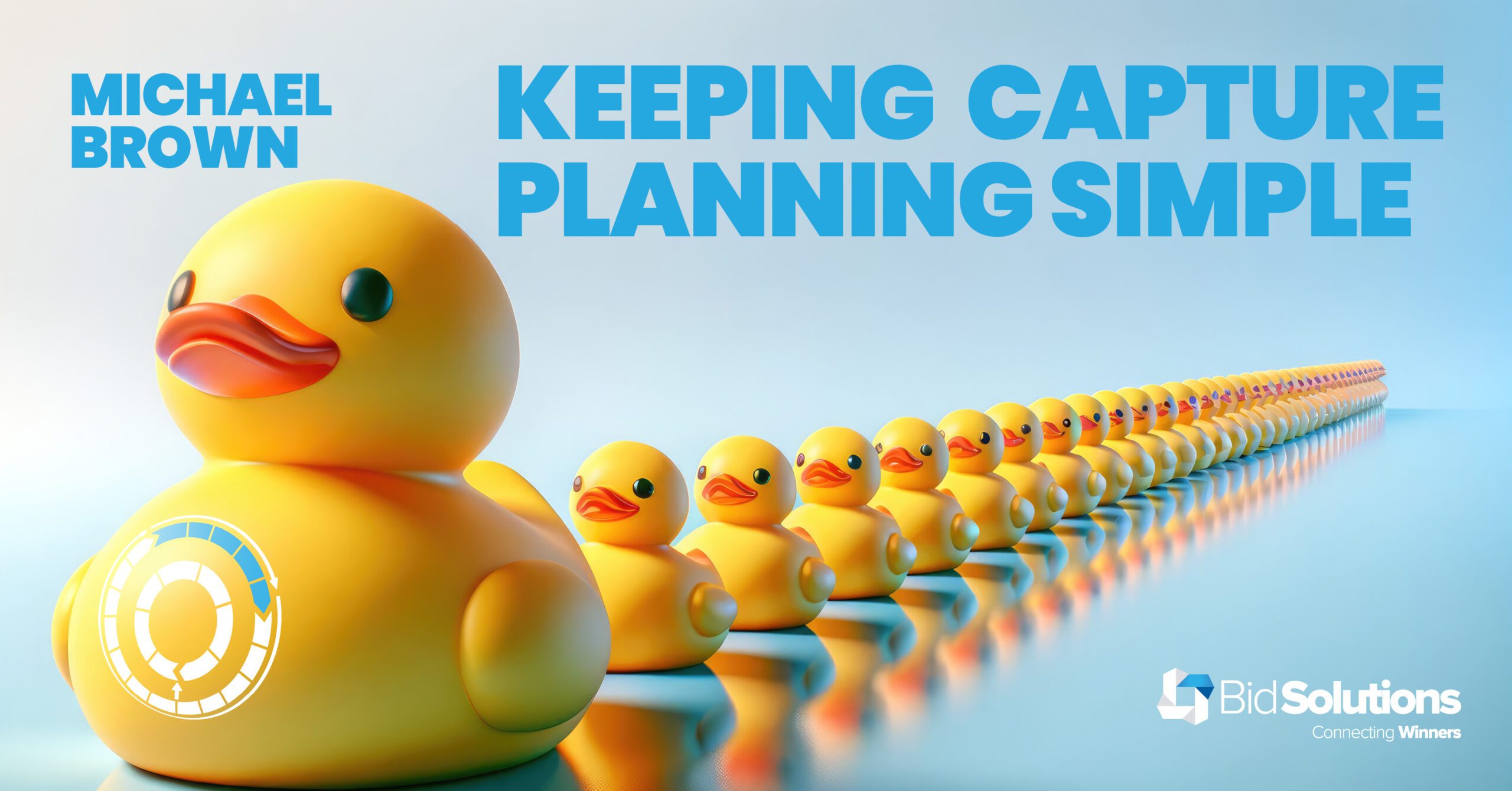
Capture Planning is not Wizardry or the Dark Arts
First of all, a quick definition: For me, a capture plan is a live, ongoing document outlining the roles, steps and activities a team will undertake to win a specific opportunity (often a project or service) in advance of a formal request from a client.
When I first heard of Capture Planning, I initially thought this was a wizardry approach to sales planning. I had this idea of top-secret teams beavering away in guerilla-style backrooms, manipulating unwitting clients to choose a particular company. The whole idea reminded me of the Dark Arts or PSYOPS (psychological operations) for bid teams.
Fast forward ten years and now I think very differently!
Aligning with your client’s timeline
The first thing to remember is that effective capture planning coincides with what procurement teams do every day. As part of long-term planning, many organisations need to think and plan in detail well in advance of the release of Request for Proposals – often a year or two. A capture plan simply aligns with that timeline. By understanding how your client thinks, and in what timeline, you are already at an advantage by putting yourselves in their shoes.
Keeping it simple
The main point of this article is to highlight the importance of simplicity in capture planning. Complicated captures begin with good intentions but end in lethargy and failure. The phrase “the best laid schemes of mice and men often go awry” (Robert Burns – 1785) is very apt here. Complex, extensive templates proscribing long, drawn-out explanations that nobody reads or is accountable for are a waste of time for busy people. Instead, a 30-minute meeting every two to three weeks, to catch up on actions agreed and identify new actions ahead, produces results.
The Capture Manager’s role in maintaining momentum, ensuring people do what they promise and ensuring results are tracked and recorded is half the battle in a successful capture plan. Similar to a bid plan, the capture plan ensures a focused and structured approach to driving actions and results. The team involved needs to be engaged and understand the agenda and their responsibility in the ultimate aim of securing the contract.
A capture is a marathon, not a sprint
The bottom line is you will greatly increase your chances of winning if you keep your capture plan simple, focused, and aligned with what the customer is looking for. The key is showing the customer that your team is engaged with them all the way through their journey. A capture is a marathon, not a sprint. So stay hydrated, ensure good ‘nutrition’ (meetings, updates and communication), have the right equipment (a simple capture template), put one foot in front of the other (ensure regular meetings even for busy people) and, most importantly, don’t give up until you reach the finish line!
This article was written by Michael Brown.
Michael Brown is a seasoned bid professional having won multiple projects across the built environment throughout Europe, the Middle East, APAC and North America. He is passionate about leading global teams to deliver top quality proposals and pitches to multinational clients.

